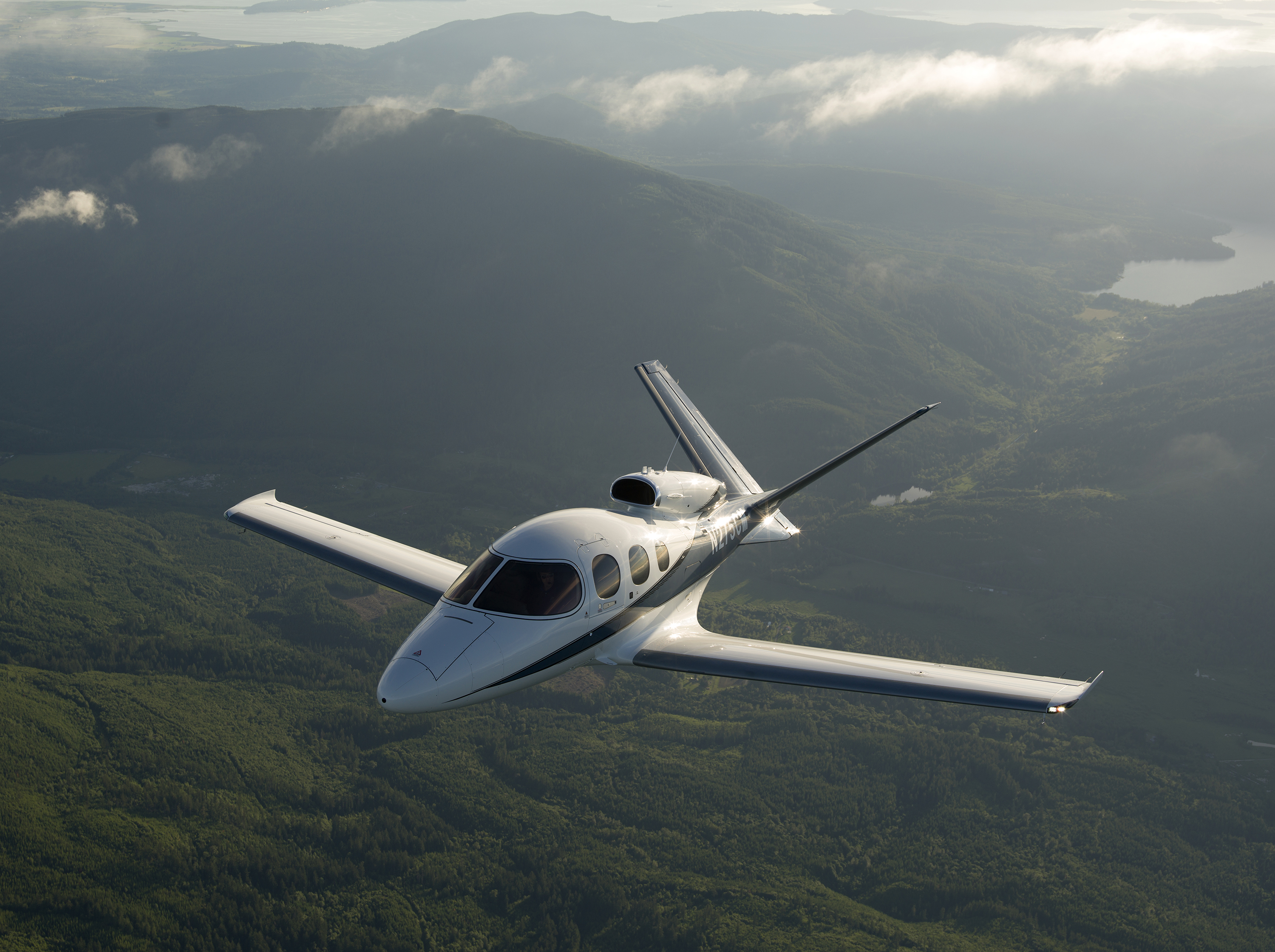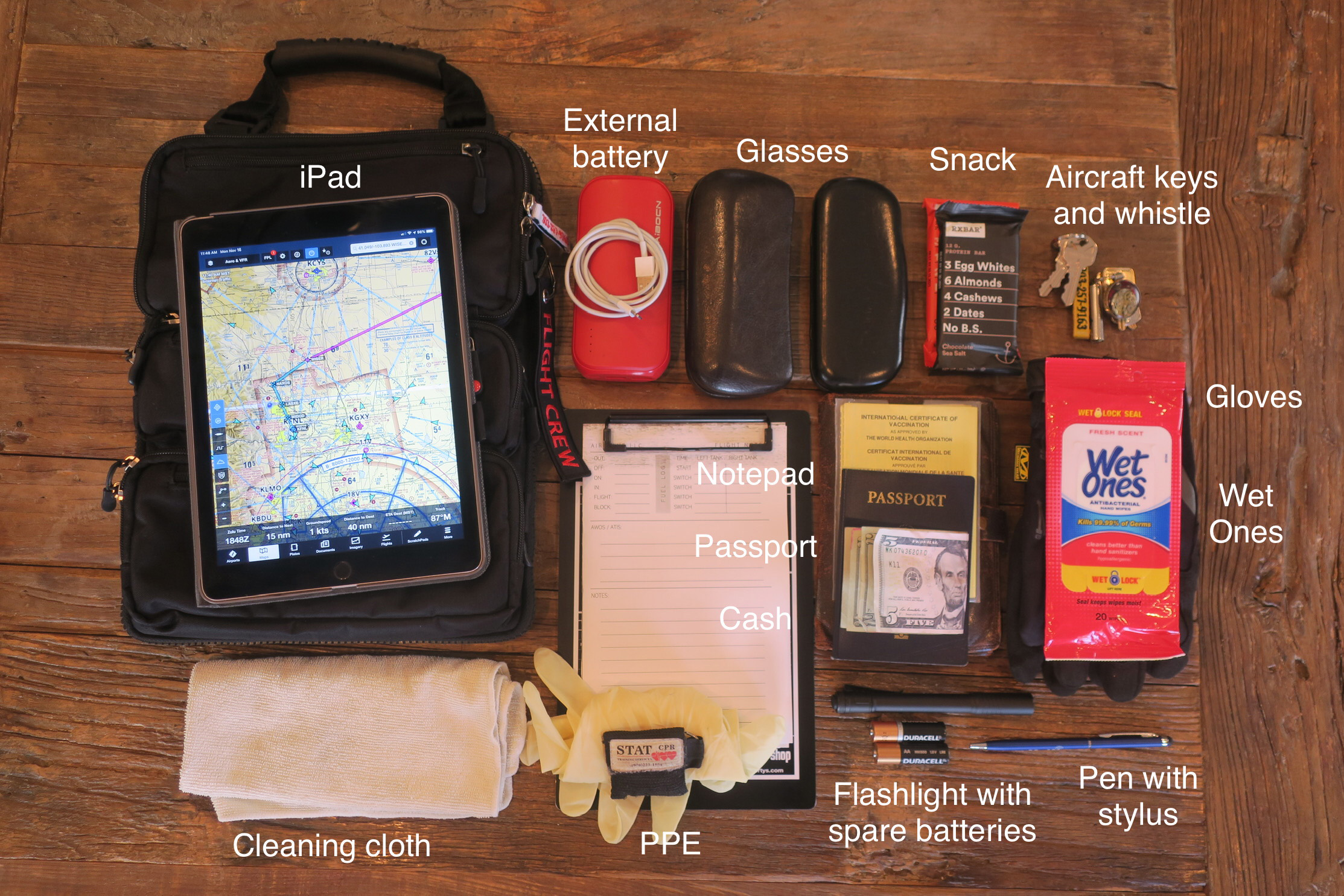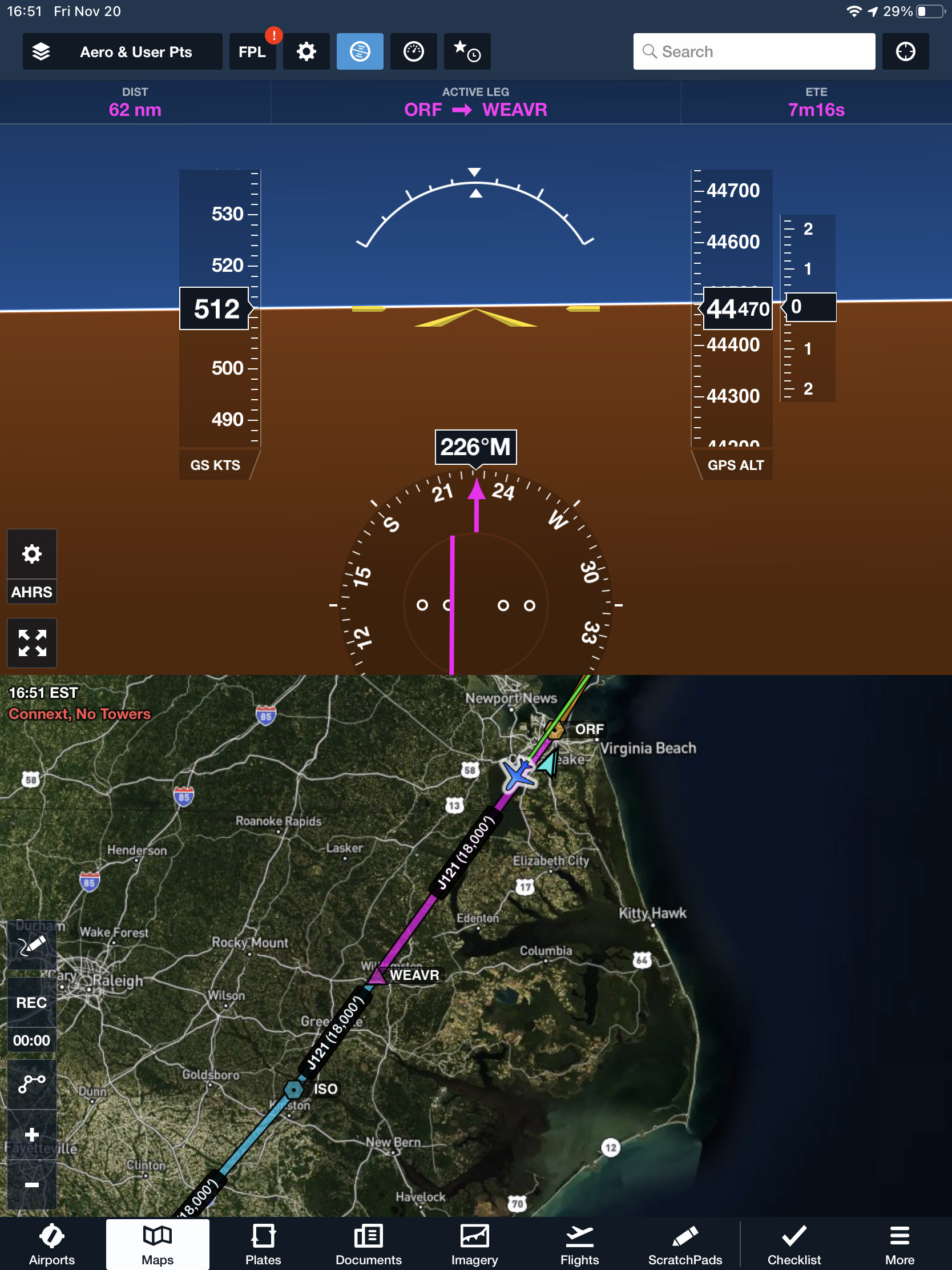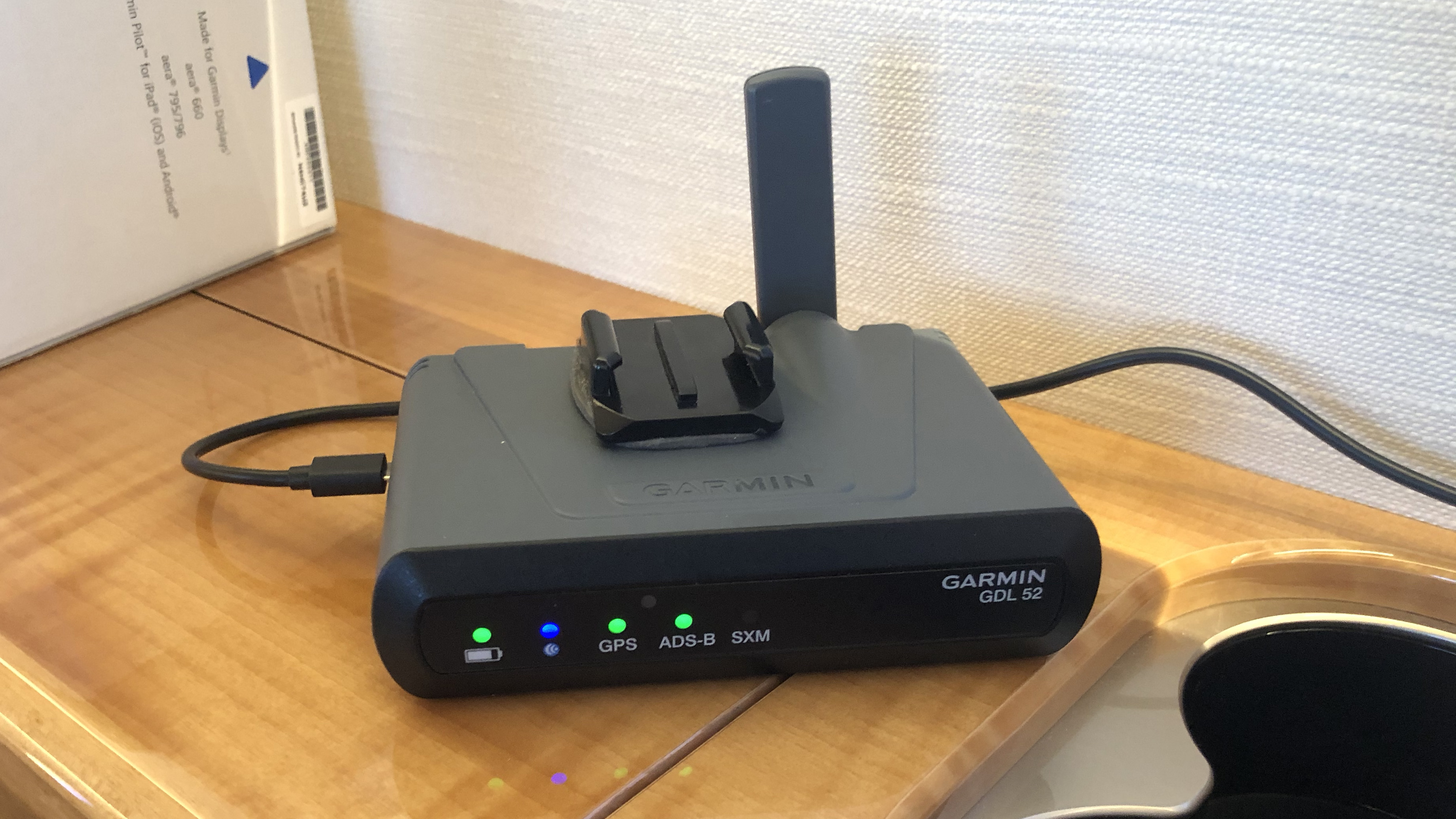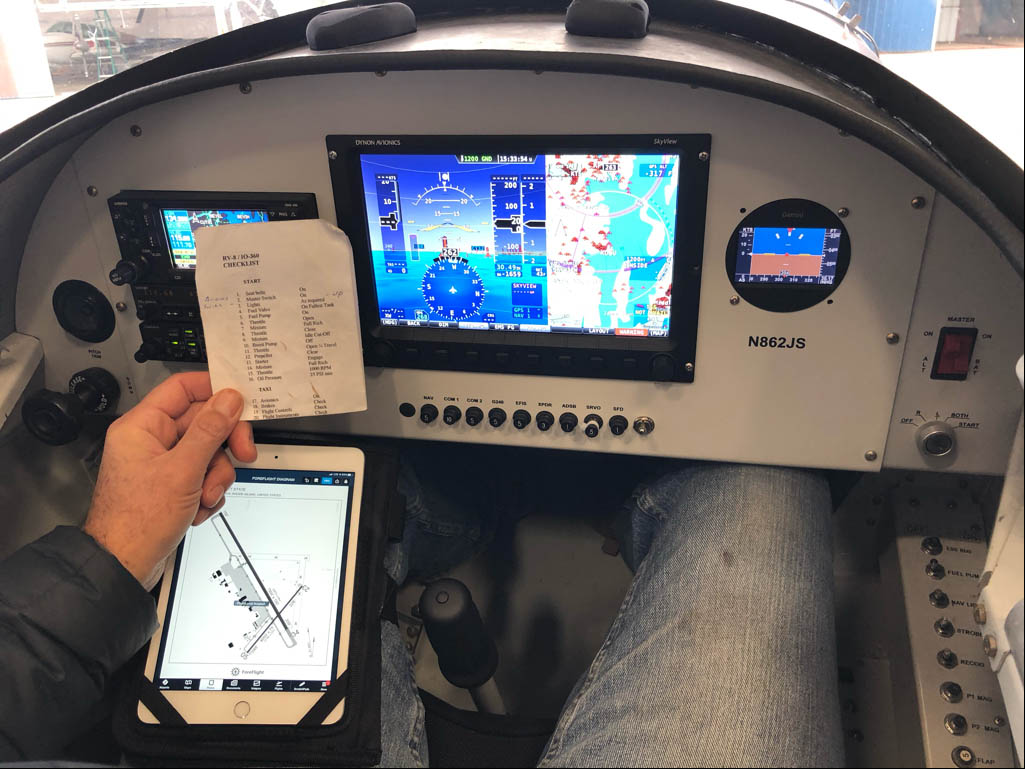Flying IFR is a challenge for any pilot flying any aircraft. You might think a pilot flying solo would have double the workload of a pilot in a two-pilot cockpit; but I think it is probably triple.
— James Albright

Updated:
2021-11-28
Of course my single pilot time is quite limited and a bit dated. I did get a chance to fly the Cirrus Vision Jet in 2021, with an instructor. More about this, Pilot Report: Cirrus Vision Jet. Researching the topic, I spoke with the finest pilots I know who fly as single pilots to come up with what they think are the most important things to place on a safety checklist. Here is what they had to say.

1
The checklist
There are a number of existing checklists to help pilots in single-pilot cockpits prepare, organize, and safely fly. While torturing the mnemonic a bit, the FAA’s “IMSAFE” works well as does the private pilot’s “ARROW” reminder. The NBAA offers a single-pilot risk management guide. But there is no such thing as a “one size fits all” checklist for single-pilot cockpits. The things to do and space available for a CJ2 pilot, for example, is a world away from a pilot taking a Citabria through its paces. What follows is a starting point, ready for customization.
Personal Questions . . . “IMSAFE” plus “Am I?”
- Illness?
- Medication?
- Stress?
- Alcohol?
- Fatigue?
- Emotion?
- Am I tired?
- Am I distracted?
- Am I in a rush?
- Am I legal? (experience, recency, license, medical)
- Am I proficient?
- Am I sure?
Aircraft Questions . . . "ARROW"
Equipment . . . Pack
Timing . . . Adjust
Aircraft . . . Checked
Weather . . . Checked
Electronics . . . Checked
Flight Tracking . . . Enable
Cockpit . . . Organize
Passengers . . . “SAFETY” Brief
A few extra notes
Electronics. An iPad can host everything you need to conduct everything from the simplest VFR to the most complex IFR flight, but you will need a backup. That can be a second iPad with identical applications. Or, if the applications have iPhone or Android versions, it can be your phone. But you need to make sure the backup electronics are fully charged and updated.
Backpack. Gulfstream G650 pilot Ron Rapp has some advice for packing equipment for single-pilot duties. (He spends almost as much time flying crew aircraft as he does single-pilot in a wide variety of airplanes.)
“I do fly single pilot a lot, but not in turbine aircraft. It’s all light GA flying. Despite that, I actually travel with the same stuff I use when flying the Gulfstream, and the cockpit is set up the same way in a DA40, Cirrus, RV6/7/9, Stinson, Bonanza: everything is on the iPad.”
“The only concessions I make are 1) since Foreflight updated the iPhone app so that it’s identical to the iPad one, in a tight airplane like an RV-4 or -8 I’ll use the iPhone in place of the iPad due to the tandem seating configuration, and 2) if I’m flying the Pitts or Extra, there’s room for… nothing. No pens, no kneeboards, no cellphone, no iPad. That stuff, if it came loose, would migrate to the tail and jam the elevator. I literally sit on the checklist – it lives between the parachute seat pack and my thigh. I use a paper chart and also jam it under my parachute. Being paper, those items are unlikely to jam the elevator completely, even if they did come loose.”
“In a more typical GA airplane I use the same backpack I take into the Gulfstream. For one thing, it’s easy to have a single container for all airplanes. Also, I know where everything is inside it. Batteries, flashlights, cables, battery pack, cellphone, laptop, headset, iPad, oximeter, even snacks if I need some energy. Lots of compartments. Flexible container. And everything is zippered so nothing falls out.”
Most of the skills and techniques needed in a multi-pilot cockpit have their place when flying single pilot, but the requirement for proper planning and organization are even higher. Customizing a checklist ahead of the flight allows you to think things through without the pressures of on-the-spot decision making clouding your judgment.
2
A high tech "just in case" recommendation
We fly with a "just in case" portable ADS-B receiver that fits into a cubby hole in our cockpit but could just as easily be stuffed away in a backpack. It is on the pricey side (around $600) but it has more than just your normal portable GPS. It includes the ability to generate an attitude heading and reference display:
We have this because our aircraft is little more than a flying super computer and I am worried that I will be halfway across the Atlantic at night when those computers decide to go on strike. (See Technophobe.) Imagine flying your aircraft anywhere at night or in the weather when your aircraft's attitude indicator flies south without you. This technology can be a life saver. There are other versions out there, this is just the one we chose: Amazon.
3
A low tech "just in case" recommendation
The beauty of the iPad is you can cram a lot of stuff into a small space and have all of it available to you in seconds. The problem with the iPad is that something can happen to turn it into an inert object. If you have the space for a spare, you should do that. But if you don't (or even if you do), remember a simple piece of paper can be a life saver.
Fellow Gulfstream pilot Justin Serbent built an RV-8 and does indeed fly with an iPad, an iPad Mini to be exact. But he keeps a paper checklist:
Paper is cheap and sitting in a pocket of your backpack will not get in your way. But when you need it, it will be there.
